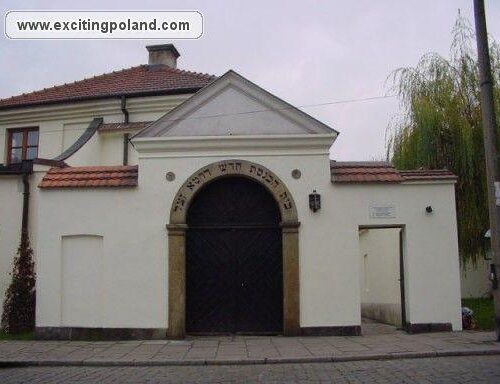Cracow
The Royal City of Poland from 1038 to 1596. To this day Cracow is regarded as the spiritual and intellectual center of Poland and the emblem of national identity. Cracow is home to many higher schools, including the oldest Jagiellonian University. Lajkonik a symbol of the city. A fellow in oriental dress rides a wooden horse. A traditional parade is held on the Market Square after the Corpus Christi Feast. Wawel Dragon another symbol of Cracow. A legend has it that the dragon used to live in a cave at the foot of the Wawel Hill.
Wawel
Seat of Polish dukes and kings; today the most beautiful museum in Poland.
Wawel Cathedral
Gothic basilica housing numerous treasures. The Zygmunt Chapel, is a gem of the Renaissance. Above hangs the mighty Zygmunt Bell weighing 8 tons. Cathedral Museum, Wawel.
Grand Square
One of the largest squares in Europe, a quadrangle of 4 ha. Laid out in the Middle Ages, the Grand Square has been for centuries the focal point of life in Cracow.
St. Mary’s Church
A threenave Gothic structure housing one of the largest Gothic altars in Europe, carved in wood by Wit Stwosz. A call is trumpeted every hour from the church’s tower.
Cloth Stalls
The first cloth stalls were erected on the Grand Square in the 13th century. Today they house numeous souvenir shops and, on the first floor, the Gallery of Polish Fine Arts from the 19th century.
Barbican and St. Florian’s Gate
A precious example of medieval defensive architecture.
Collegium Maius
The oldest university building in Poland. Today it is the Museum of the Jagiellonian University – about 2000 historic instruments used in astronomy, some of them from the time of Copernicus, physics, chemistry, cartography, works of art are displayed. Tyniec Benedictine monastery standing on a limestone rock overlooking the Vistula River, with remnants of the oldest structures from the 11th century.
Old Synagogue
Erected in the 15th century, this Gothic synagogue is the oldest Jewish house of worship in Poland. ul. Szeroka 24.
Czartoryskis Museum
A collection of paintings beginning from the 13th century and including the “Lady with an Hermine” by Leonardo da Vinci and the “Landscape with the Good Samaritan” by Rembrandt van Rijk. An armory with a collection of militaria. ul. św. Jana 19.
National Museum
The main building houses a huge collection of Polish contemporary art since the turn of the 19th century, militaries from Middle Ages on, a gallery of handicrafts, oriental artifacts, a collection of clothing and accessories form the 16th century.
Manggha
Japanese Center of Art and Technology, established in 1994 to promote the knowledge of Japan.









 credit card payments
credit card payments